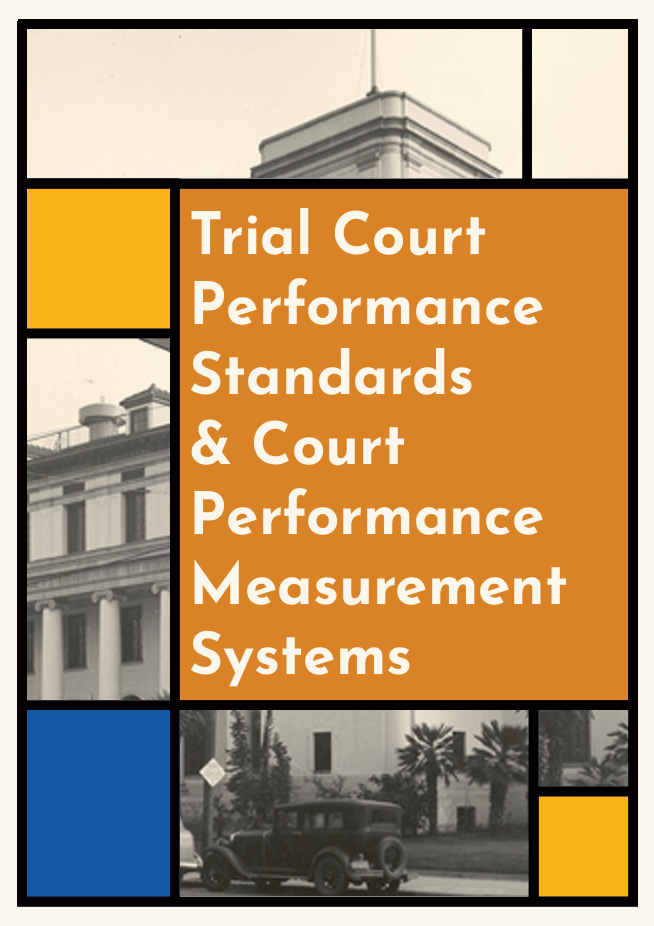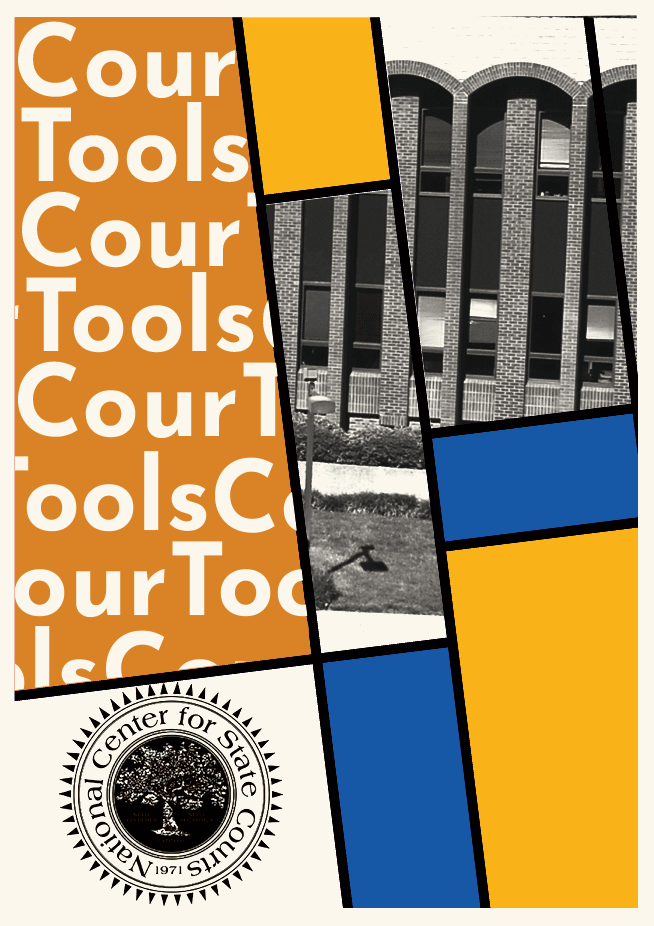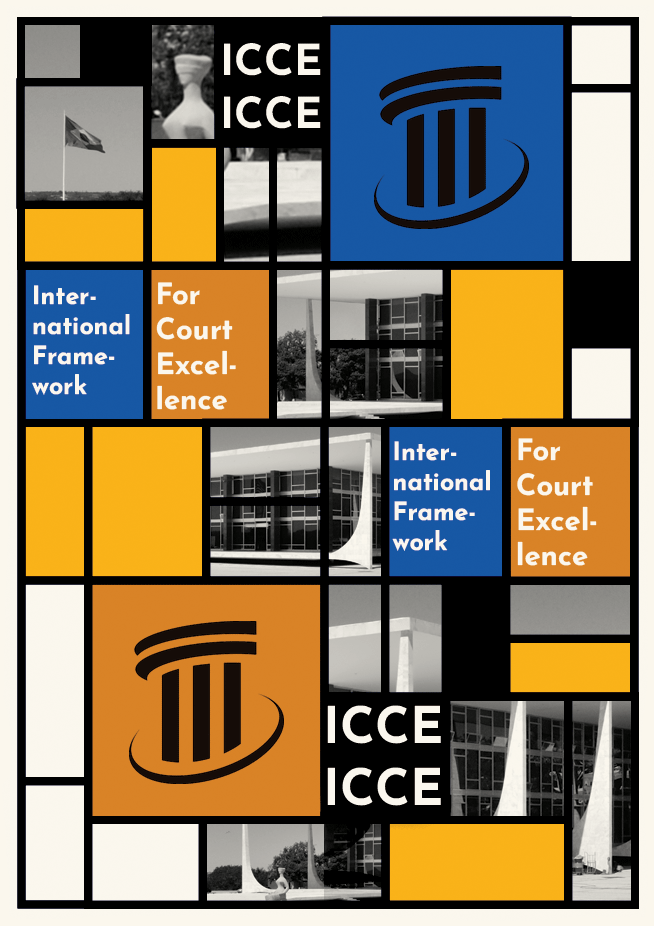

Improving court administration is a common goal of judicial reform. Court administration experts have identified the essential components of court services and developed metrics for assessing efficiency and quality. In many countries, ‘Court performance standards’ have become an important tool for deploying limited court resources effectively and providing public accountability.
Trial Court Performance Standards
Empirical analysis of court performance began in the late 1980s when many countries were experiencing rising caseloads and budget cuts. In the United States, a consortium of federal and state organizations developed model standards and a measurement system, “Trial Court Performance Standards and Court Performance Measurement Systems,” focusing on the performance of first instance courts. State judiciaries were encouraged to undertake their own research to tailor the model metrics to their local court culture and caseloads.
CourTools
Court performance systems were developed and implemented by state courts throughout the United States. The National Center for State Courts updated the original model standards and created CourTools, performance measures for both first instance and appellate courts. The objective of CourTools is improved court-wide accountability, not oversight of individual judges and staff. These systems provide a uniform vocabulary to describe, classify, and note court activities as well as a process for self-assessment.
CourTools assists courts in identifying performance objectives, developing a measurement plan, and documenting results. Broad performance areas address quality and efficiency. They typically include access to justice, fairness and integrity, independence and accountability, public trust and confidence, as well as timeliness, cost per case, the number of adjournments, and case clearance rates. These areas are broken down into specific tasks and standards, such as accessible facilities, courteous service, affordable fees, case processing guidelines, data collection, transparency, and community outreach.


European Commission for the Efficiency of Justice
The European Commission for the Efficiency of Justice (CEPEJ) of the Council of Europe was created to improve the efficiency and delivery of justice in member states. CEPEJ develops justice system benchmarks and evaluation tools, collects and analyzes data, and generates reports. The Commission publishes guidelines for the collection of court data and other tasks relevant to court performance, such as judicial time management strategies and court accessibility. In 2007, CEPEJ created a special center to focus on judicial time management strategies, the Study and Analysis of Judicial Time Use Research Network Centre (SATURN Centre). SATURN experts conduct qualitative and quantitative analysis of the length of proceedings in European courts and provides Member States advice regarding data collection and the implementation of performance guidelines. The CEPEJ 2020 Evaluation Report includes submissions from member states that implemented the CEPEJ performance standards system.
International Consortium for Court Excellence
The International Consortium for Court Excellence, was formed by representatives from international judicial institutions with expertise in court and judicial administration. The Consortium developed an assessment tool for court leaders and managers - The International Framework for Court Excellence. The Framework describes the central objectives of a justice system – fairness, impartiality, independence, integrity, accessibility, and timeliness – and provides a template for court self-assessment. It is regularly revised to reflect new systems and initiatives and is available in multiple languages. The Consortium promotes the Framework through conferences and workshops and undertakes research to develop new resources that promote effective court administration.
A central component of the Framework is the Global Measures of Court Performance, a guide setting forth performance measures and implementation strategies. The Framework and its assessment tools have been implemented by individual courts in Australia, Brazil, Bangladesh, Dubai, Indonesia, Kazakhstan, Lebanon, Malaysia, New Zealand, Papua New Guinea, Singapore, and Ukraine.

Eleven Core Measures of IFCE Global Measures

Court User Satisfaction
The percent of court users who believe that the court provides procedural justice, i.e., accessible, fair, accurate, timely, knowledgeable, and courteous judicial services.
Access Fees
The average court fees paid in civil cases.
Case Clearance Rate
The number of outgoing cases as a proportion of the number incoming cases.
On-Time Case Processing
The percentage of cases disposed or otherwise resolved within established timeframes.
Duration of Pre-Trial Custody
The average elapsed time criminal defendants who have not been convicted of crime are detained awaiting trial.
Court File Integrity
The percentage of case files that can be located and retrieved in a timely manner and meet established standards of accuracy, organization and completeness.
Case Backlog
The proportion of cases in a court’s inventory of pending cases that have exceeded established timeframes or time standards.
Trial Date Certainty
The certainty with which important case processing events occur when scheduled expressed as a proportion of trials that are held when first scheduled.
Employee Engagement
The percent of employee of a court who, as measured by a court-wide survey, are passionate about their job, committed to the mission of the court and, as a result, put discretionary effort into their work.
Compliance with Case Orders
The total amount of payments of monetary penalties (fines and fees) collected by a court or court system, expressed as a proportion of the total amount of monetary penalties ordered by a court in a given period of time.
Cost Per Case
The average cost of resolving a single court case, disaggregated by level and location of court, and by case type.
